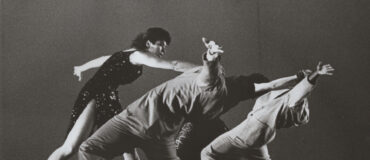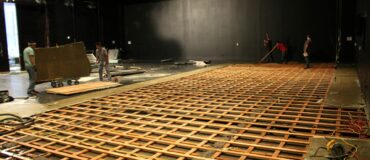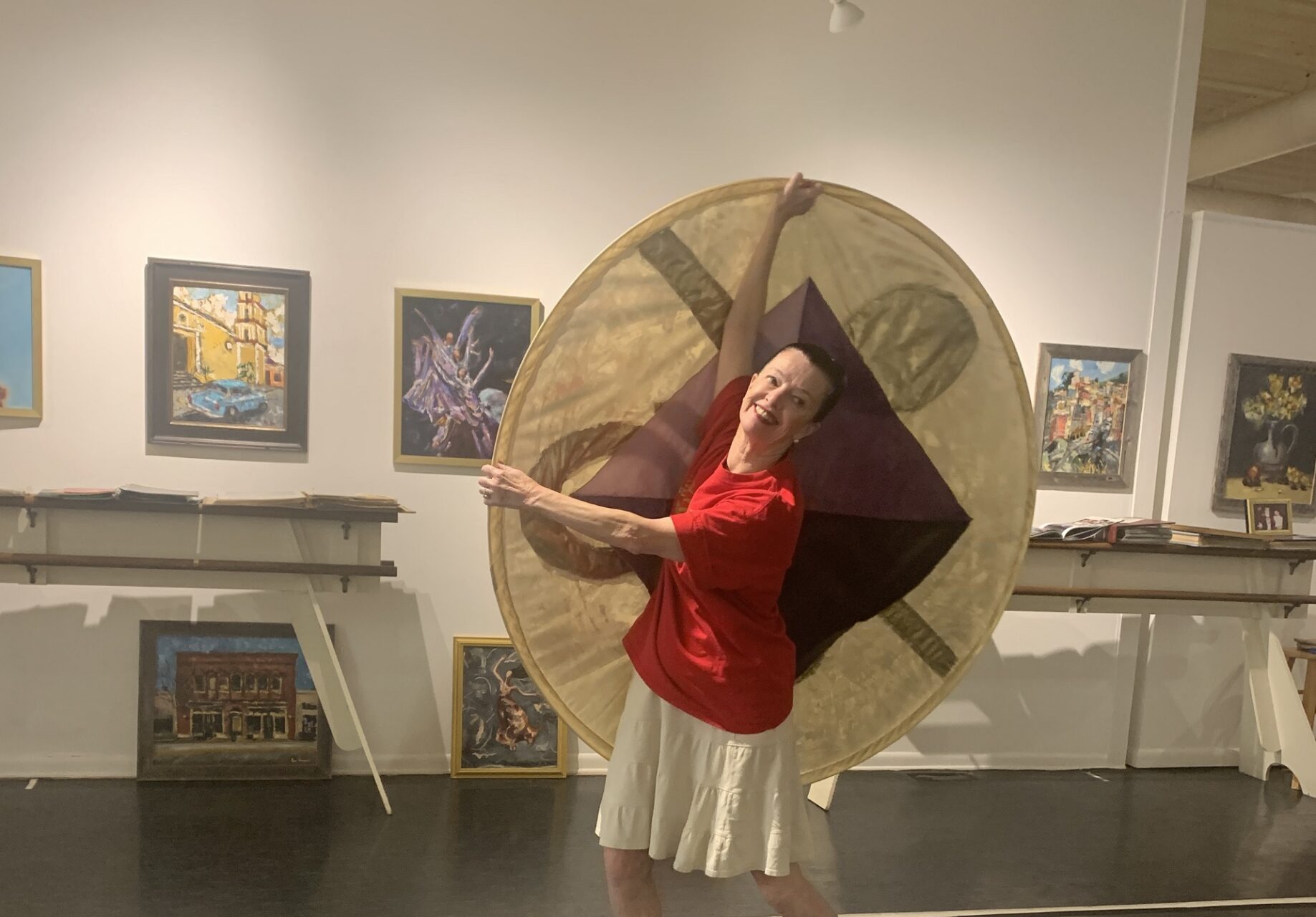By R. Sumi Matsumoto
R. Sumi Matsumoto is a 2020/2021 Dance/USA Archiving & Preservation Fellow. Phase 1 of her Fellowship ran from June-August 2020, and was hosted remotely by World Arts West. For Phase 2 in the summer of 2021, Sumi is continuing her remote work with World Arts West. This is the third of her four posts. Read more about the Fellowship program here and read Sumi’s second blog post here.
December 15, 2021
World Arts West has been supporting and celebrating a diversity of dance traditions for over four decades. It is amazing that World Arts West has preserved so many programs, photographs, and videos from throughout its history. But an archive is more than just a storage facility with boxes of old memorabilia; an archive is a tool. The archive should help connect people–performers, scholars, audience members, staff–to materials that are personally meaningful. In order to do this, the archival materials have to be accessible to these communities.
Archivists use metadata as a way to increase accessibility. Metadata is the information about an object. For example, the metadata for a photograph consists of things like who is depicted in the photo, when it was taken, who the photographer was, if it is in black and white or color, what dance work is the photo from, and so on. By recording and storing the metadata with the photograph, the archive can make connections between objects. From the photograph, one could find the program book and video of the corresponding performance, or alternatively one could find other photographs that depict the same performer. Which connections can be made and what information can be searched for depends on what metadata is stored.
Metadata standards and schemas help create consistency across different archives and ensure thorough metadata documentation. There are many metadata schemas already in existence. Most are designed for very specific disciplines like VRA Core (visual culture and images), PBCore (audiovisual content), and EAD (archival finding aids). Others, like Dublin Core, are designed to be flexible so they can be used in many different ways. Currently, there is no established metadata standard for performing arts materials—let alone for dance specifically. This means each dance archive must establish for themselves what information is important to retain.

Ananya Tirumala, performing Kuchipudi, a dance form from Southern India. Photo by RJ Muna. Read more about the artists pictured here, and their dance genres, in the 2018 program book of the San Francisco Ethnic Dance Festival.
I created a custom metadata schema for World Arts West. Although I used existing schemas as a starting point, I had to add many elements to accommodate World Arts West’s cultural and dance-related information. Early on in my fellowship, World Arts West executive director Anne Huang provided me with three example scenarios of how World Arts West hoped to use their archive. These scenarios, ranging from use in grant applications to supporting local artists, were my guide for the metadata schema. I needed to ensure that the information being stored matched the desired usage of the archive. The archive needs to serve both internal staff as well as the companies World Arts West presents. There was a lot of information I wanted to capture, but there is also value in a simple metadata schema. While more elements in a metadata schema mean more detailed descriptions of an object, the tradeoff is more time spent doing data entry. Each piece of metadata should facilitate the context of and connection between objects or have an administrative function.
I also crafted the World Arts West metadata schema specifically to be used within a digital asset management system (DAMS). One of the problems I found with tailoring the schema to be used in a DAMS was recording compound elements. Compound elements are when a single piece of information is made up of multiple parts. For example, a name can be separated into multiple fields (i.e. first name = “John,” last name = “Doe,” suffix = “Jr.”). Although there are three separate pieces of information, it is important that they be saved together to be meaningful. Each name must be saved as its own group of fields; having a list of first names and a list of last names is not useful unless you know which names go together. DAMS often have no way to link multiple fields together to create a compound element.
In dance, compound elements are useful for recording information about artists: connecting an individual’s name with their role in a performance or choreographic work. The common solution to including this information without using compound elements is to have a dedicated field for each role that contains a collection of names. This solution precludes recording additional dimensions of information, like the specific instrument a musician played. It also means each unique role being recorded increases the complexity of the metadata schema. As a presenting organization, World Arts West records a wide variety of contributors from performers to administrative staff to designers to expert instructors. World Arts West also strives to retain culturally specific language rather than only record generic terminology. Similar to my grappling with recording dance genres in my previous post, I had to consider discoverability and clarity from a user’s point of view as well as fastidiousness of documentation from the organization’s point of view. I decided that the three roles most users would want to search for are choreographer, composer, and performer. Each of these roles have their own field and any names listed within them can be used as links between all objects that have the same name listed. I added an additional field for performer details where any text can be entered. This field can be used to specify what kind of performer each individual is (dancer, soloist, guest artist, speaker, musician, et cetera) as well as more detailed information like what instrument a musician played or which sections of a work a dancer was in. I used the free-text format for fields to record the name and role of designers and staff. Although the designer and staff fields will be searchable, they will not link to related objects like the choreographer, composer, and performer fields do.
Recording metadata about every object is a time consuming endeavor, but it is critical to the utility of an archive. Retaining boxes of unknown materials is not useful. By describing the objects in an archive, they can be found and accessed. A metadata schema determines what information is stored and, by extension, how objects can be discovered and connected. Metadata is the key to turning archival materials into something meaningful. By investing in the archive as a tool, it can be leveraged as a marketing and educational resource as well as a way to preserve legacy.

R. Sumi Matsumoto is pursuing a master’s degree in library and information science at the Pratt Institute, focusing on archival studies. She received her BFA in Dance with a minor in Computer Science from the University of Michigan in Ann Arbor. She is currently the Audiovisual Archivist for the Merce Cunningham Trust. Previously, she worked in the Dance Division of the New York Public Library for the Performing Arts, interned at the Jacob’s Pillow Archives, and volunteered in the archives of the José Limón Dance Foundation. As a dancer, Sumi performed at the Joyce Theater with the José Limón Institute and at MoMA with Ai Dance Theater. Sumi is passionate about dance archiving and is excited to build upon her existing experience through the Dance/USA Fellowship in Dance Archiving and Preservation.
She looks forward to working more closely with dance artists through World Arts West and empowering practitioners of traditional dance forms to build personal archives.
____
We accept submissions on topics relevant to the field: advocacy, artistic issues, arts policy, community building, development, employment, engagement, touring, and other topics that deal with the business of dance. We cannot publish criticism, single-company season announcements, and single-company or single artist profiles. Additionally, we welcome feedback on articles. If you have a topic that you would like to see addressed or feedback, please contact communications@danceusa.org.
Disclaimer: Opinions expressed in guest posts do not necessarily represent the viewpoints of Dance/USA.





